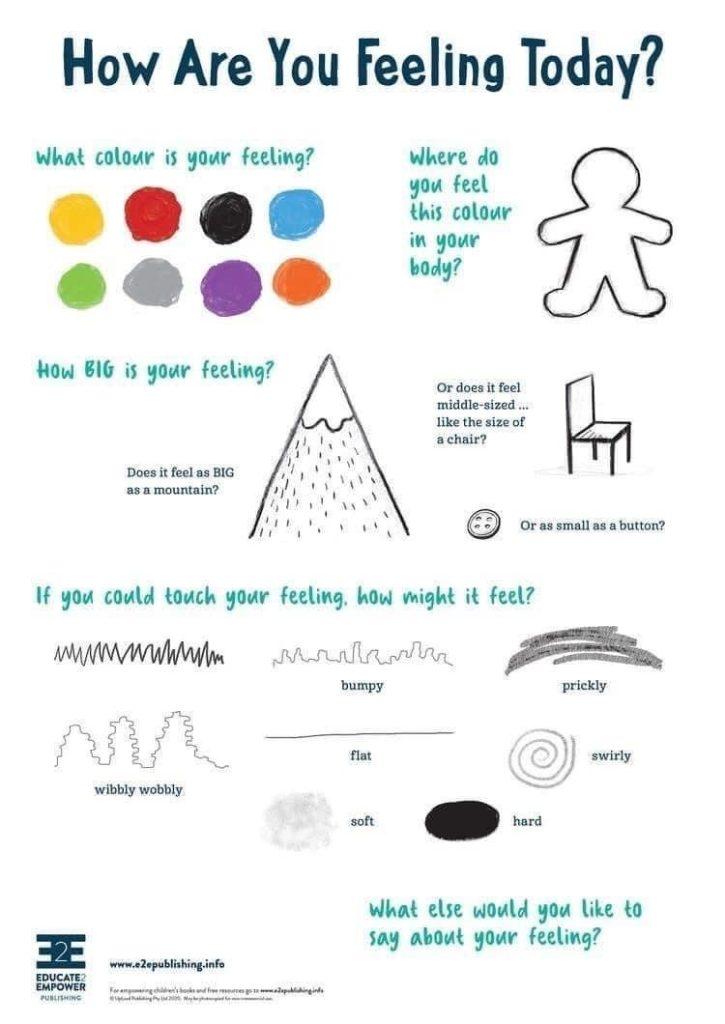Our littlest ones are probably not watching much television and seeing what is happening in the world, but let’s face it, they can feel it. They sense the sadness and the weight of so much tragedy and loss.
As moms, we should have age-appropriate conversations about what is going on in the world with our kids, but what does that look or sound like when they are toddlers, preschoolers, or even early elementary-aged kids?
I have always turned to books as a tool in my professional and personal life. I even go around the country delivering a workshop on “How to Use Children’s Stories to Build Resilience.” Considering some of the most recent tragedies that ALL of us have experienced (and that means even our littlest ones – because they can sense that tragedy no matter how hard we try and shield them from it), I want to share something you can do. Something that will help your children identify their feelings now and begin to develop stronger resilience skills as they are faced with adversities of all degrees in their lives.
One book I like to read to little ones is called “When Sadness is at Your Door” by Eva Eland. It is a simple story of a child who feels sad and isn’t quite sure what to do with that feeling. After reading several times, and let’s face it – you will be asked to read it several times; use this worksheet from e2epublishing.info to talk about sadness.

There are no right or wrong answers, but given your child’s age, engaging their senses to identify their emotions is a decisive step in creating resilience. Children can better manage their emotions by appropriately identifying and naming them. Starting this early with simple naming conventions like sad/happy/mad will also give them the ability to name them more specifically as they develop, using words like somber/joyful/frenzied.
Use this worksheet and other books, keep it on your fridge, in your car, in the diaper bag, or as a screenshot on your phone. This way, when our little ones are faced with really BIG feelings, we can pull this out and get them to identify those emotions and then regulate them. Maybe you’ll be able to stop a tantrum in its tracks because you show them this worksheet. Or you get your overtired toddler to tell you they are overtired because that is how they feel when they are prickly and blue?
You might learn a few tricks along the way, too!



















